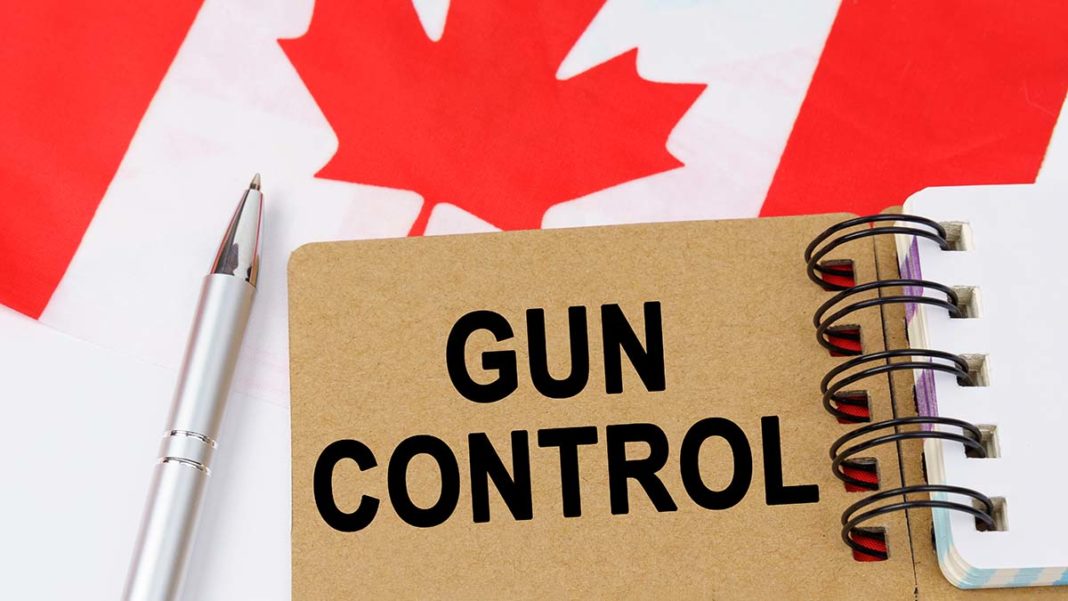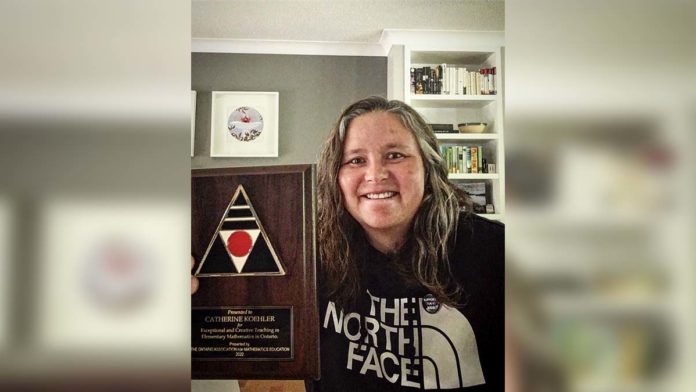OTTAWA—New legislation introduced by the federal government on May 30 to further strengthen gun control has received mixed reviews. Measures included in Bill C-21 include a national freeze on handguns, fighting gun smuggling, taking away the firearms licences of perpetrators of domestic violence or criminal harassment and the creation of a new ‘red flag’ law that would require individuals considered a danger to themselves or others to surrender their firearms to law enforcement. Long gun magazines would be required to be permanently altered so they can never hold more than five rounds and the sale and transfer of large capacity magazines would be banned under the Criminal Code of Canada.
The legislation tabled supports many of the 34 recommendations put forth by the Standing Committee on Public Safety and National Security (SECU) in their April report, ‘A Path Forward: Reducing Gun and Gang Violence in Canada.’ The committee studied gun control, illegal arms trafficking and the increase in gun crimes committed by members of street gangs, as per a House of Commons directive on December 7, 2021.
The bill does not ban handguns outright but seeks to cap the number already in Canada. While gun control advocates and others welcome the measures, many gun owners argue the new law, if passed, will not target the criminals who are responsible for the rise in gun violence. “Implementing a national ban on handguns has no bearing whatsoever on the crime problem in cities,” said Blaine Williamson of D.A. Williamson and Sons in Mindemoya, who has been selling guns for about 50 years.
He points to statistics that show urban areas have the most crimes committed with handguns. “It’s people that do not have a license that are criminally minded in the first place,” he said. “They’re not buying at gun shops.”
A Statistics Canada report, ‘Trends in firearm-related violent crime in Canada, 2009 to 2020,’ released May 27, found that firearm-related violent crimes accounts for 2.8 percent of all victims of violent crime reported by police in 2020. While the rate of police-reported crime where a firearm was present during the commission of an office was unchanged compared to 2019, the rates increased in some areas and decreased in others. The northern rural part of Ontario saw an increase of 32 percent.
Another Statistics Canada report, ‘Homicide in Canada 2020,’ released in November 2021, found more than one in every three homicides in Canada were committed with a firearm, rising to 37 percent in 2020 compared to 26 percent of all homicides in 2013. Almost half of those (49 percent) were committed with a handgun. One in five homicides were gang-related; however, the number of gang-related homicides decreased in 2020 to its lowest level since 2016. Handguns were the most serious weapon present in the majority of firearm-related crimes, at 59 percent between 2009 and 2020. The number of registered handguns in Canada increased by 71 percent between 2010 and 2020, reaching approximately 1.1 million.
“One Canadian killed by gun violence is one too many,” stated Prime Minister Justin Trudeau on the introduction of the legislation. “I’ve seen all too well the tragic cost that gun violence has in our communities across the country. Today, we’re proposing some of the strongest measures in Canadian history to keep guns out of our communities and build a safer future for everyone.”
Bill Elliott has taught firearms safety courses since “around the year 2000.” He also has concerns with the legislation. “They’re focusing their attention on legal firearms owners rather than doing what should be done to make the people who are committing the crimes with firearms bear the brunt of parliament’s efforts,” he said.
Mr. Elliott has no issue with guns being taken away from criminals, domestic violence abusers, and people who might harm themselves or others, but he does take issue with legal firearm owners not being able to pass down their firearms. “They’re basically eliminating in a short period of time the ability of lawful firearms owners to acquire different firearms or to hand down their firearms. If I had children who wanted to have my handguns or some of my other firearms passed down to them, the legislation as it’s drafted would prevent transfers.”
He supports a ban on true assault weapons but feels the requirement to modify or replace magazines to comply with the proposed law would be cost prohibitive and nearly impossible in some cases. “Unlike the States, we already have magazine capacity limits for semi-automatic firearms in larger calibres and the .22 end fires. But centre fire, semi-automatic firearms already have limited magazine capacity. What the government is talking about doing now though is to as I read it put a magazine capacity on all firearms whether they are semi-automatic or not,” he said. “The cost of modifying or replacing all those magazines, having new ones manufactured, would be pretty prohibitive, and there are some firearms, old military firearms, where it would be almost impossible to modify the magazine design to limit it to five rounds.”
Mr. Elliott doesn’t own any of the particular firearms that the government named as prohibited in their last legislation but, in any case, doesn’t think those should all be considered an assault weapon. Rather than prohibit specific makes and models of firearms, he would like to see firearms prohibited based on a specific criteria; for example, if a firearm is capable of semi-automatic fire, or the calibre is not useful for hunting or other legal use, that firearm would be prohibited. A firearm should be prohibited for a specific reason or because it matches a certain description and not because the model is found on a list, he said. “It should be prohibited for these specific reasons and that description, rather than just a list of firearms they would like to prohibit.”
Another thing, he added, is right now there are a lot of people who own firearms that are on this list, and the government is talking about a buyback program. “But that’s going to cost billions of dollars which could probably be better used in additional law enforcement. I think they’re looking in the wrong direction. I think they have spoken of some greater funding of border guards and those things are taking place to help prevent smuggling of firearms. Almost all illegal firearms, illegal handguns in particular, are smuggled in from the United States. Certainly, that needs greater attention.”
As reported by SECU, when looking into handguns seized in Ontario, Kellie Paquette, director general of the Canadian Firearms Program, noted that tracing data reveals “79 percent of traced handguns (in Ontario) were foreign sourced. In Toronto, 86 percent of successfully traced crime handguns were sourced in the United States in 2021, a percentage that has been rising since 2019.
However, at the national level, RCMP Commissioner Brenda Lucki told the committee that most firearms are sourced in Canada, not in the US (when they can be successfully traced). It was also pointed out that only a small number of the overall firearms seized by law enforcement are currently traced.
Minister of Public Safety Marco Mendicino has already tabled regulatory amendments in both the House of Commons and the Senate to help stop the growth of personally owned handguns in Canada. These regulations are expected to come into force this fall.





